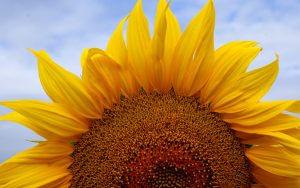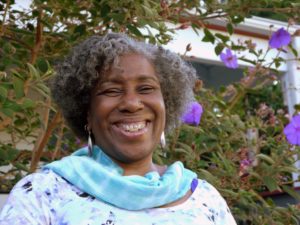 “Compassion lies at the heart of what it means to be fully human. It allows us to be at peace in the midst of pain & turmoil. Compassion is an energetic response rather than a mental idea”
“Compassion lies at the heart of what it means to be fully human. It allows us to be at peace in the midst of pain & turmoil. Compassion is an energetic response rather than a mental idea”
Awakening is not a separate state of being that comes into existence without the cultivation of the heart & the mind. We live in a time, a place & a culture in which the cognitive functioning aspects of the brain & mind have been elevated as the pinnacle or place to operate from, where greed, aversion & delusion have been the primary seeds of thought & actions. This has been at the loss & exclusion of understanding the great wisdom & contribution that the heart brings.
We have become acutely aware in this moment that we have been imbalanced for a very long time, even beyond the inception & manifestation of the conditions existing in & on these lands of the America’s. I posit that these conditions have been a fundamental struggle for humankind to transform. What might have been if we had been inclusive & holistically oriented? What might have gone into understanding & discovering who we are as human beings if, instead of separating the heart & mind, 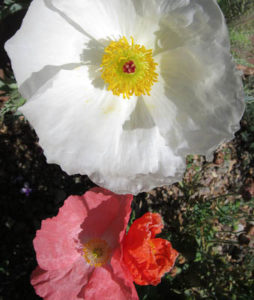 we had integrated the two? What might evolve if we lead with the heart of compassion?
we had integrated the two? What might evolve if we lead with the heart of compassion?
If one connects into the compassionate heart, it’s going to, at times, bring one to a place where you have to be present with personal suffering & the suffering in the world. And that can be a place that oftentimes is so difficult that we find all these ways to turn away from it. The only way we can actually meet each other & meet the world & what’s happening is by strengthening the heart. Compassion becomes an embodied way of moving towards awakening as opposed to this “above the neck” disembodied place of understanding awakening & freedom.
There are many people that have a great deal of compassion. However oftentimes when self-compassion is not developed & cultivated, we become fairly quickly under-resourced & unable to continue to move forward & be fully present with our own embodied experience as well as with other embodied beings that we move through this life with. The way to know suffering in someone else is to recognize & know it yourself — to be aware of what it feels like, tastes like, smells like, looks like, sounds like. So self-compassion actually can act as a bridge between understanding compassion, having compassion, generating compassion, being compassion & offering compassion to others.
(Adapted from an interview that originally appeared on spiritrock.org)
DaRa Williams is a trainer, meditation teacher & psychotherapist who is committed to the healing of intergenerational trauma. A m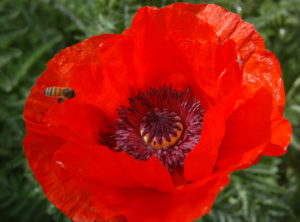 editator for the past 25 years, she is a graduate of the Community Dharma Leaders 4 training through Spirit Rock Meditation Center, the Spirit Rock/Insight Meditation Society Teacher Training Program & is a guiding teacher at IMS. She is the program manager & a core teacher in the current IMS Teacher Training Program. Dara is also the Program Manager & teacher in the Indigenous Focusing Oriented Therapy & Complex Trauma (IFOT) training programs in the United States. She & Kamala Masters will be teaching a People of Color retreat at The Mountain Hermitage in October 2020.
editator for the past 25 years, she is a graduate of the Community Dharma Leaders 4 training through Spirit Rock Meditation Center, the Spirit Rock/Insight Meditation Society Teacher Training Program & is a guiding teacher at IMS. She is the program manager & a core teacher in the current IMS Teacher Training Program. Dara is also the Program Manager & teacher in the Indigenous Focusing Oriented Therapy & Complex Trauma (IFOT) training programs in the United States. She & Kamala Masters will be teaching a People of Color retreat at The Mountain Hermitage in October 2020.
“It is my belief that vipassana meditation & the dharma are ideal for transforming suffering, particularly the trauma of oppression & its many vicissitudes – where the chains around our minds & hearts can be broken through & dissolved. Awareness & wisdom become the vehicle for freedom & transforming lives.”

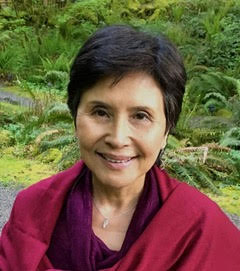 and turning point. Our individual and collective hearts opened with compassion. The force of this compassion opened to the truth of deeply embedded structural violence and the social forces that have harmed our black communities for centuries. Of course, this also connects to all peoples everywhere, all genders, and all those who have been affected by this particular kind of systemic injustice. Although very painful, it also opened a widespread awakening to the truth of this kind of suffering, and the healing of it.
and turning point. Our individual and collective hearts opened with compassion. The force of this compassion opened to the truth of deeply embedded structural violence and the social forces that have harmed our black communities for centuries. Of course, this also connects to all peoples everywhere, all genders, and all those who have been affected by this particular kind of systemic injustice. Although very painful, it also opened a widespread awakening to the truth of this kind of suffering, and the healing of it.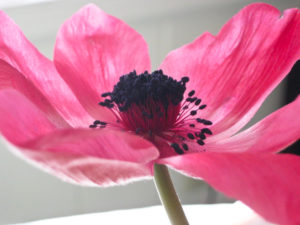 obvious. I take a few moments opening to how it is for this person, and at times compassion naturally arises. But there are times I need to use a phrase to help incline the mind/heart towards compassion, for example, “May you be free from your heartache,” repeating that phrase softly in a comfortable cadence.
obvious. I take a few moments opening to how it is for this person, and at times compassion naturally arises. But there are times I need to use a phrase to help incline the mind/heart towards compassion, for example, “May you be free from your heartache,” repeating that phrase softly in a comfortable cadence.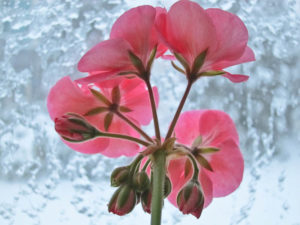 apathy or indifference. It can manifest as not caring, a numbing distance, or a lack of empathy. Awareness is like a solvent; when the near or far enemies arise, awareness can dissolve any entanglement or identification with it, allowing compassion to arise.
apathy or indifference. It can manifest as not caring, a numbing distance, or a lack of empathy. Awareness is like a solvent; when the near or far enemies arise, awareness can dissolve any entanglement or identification with it, allowing compassion to arise.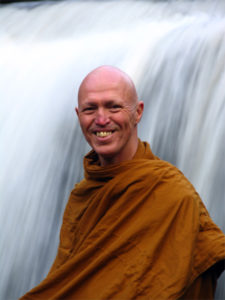 form a set of themes that are used in the Theravada tradition to this day. They provide a template for the mind’s energies & activities that isn’t an extra to all the other things we might have to do, but encompasses our talking & working, our relationships & interactions with others, our times of private introspection, our decision-making & the forming of our life directions. We practise morality, patience & all or any of the rest while we are engaged at work, or minding the children, or stuck in a traffic jam… The parami take spiritual practice into areas of our lives where we get confused, are subject to social pressure & are often strongly influenced by stress or stress- forming assumptions. Providing alternative ways to orient the mind in the stream of daily events, the ‘perfections’ can derail obstructive inner activities, & leave the mind clear for meditation. Cultivating parami means you get to steer your life out of the floods.”
form a set of themes that are used in the Theravada tradition to this day. They provide a template for the mind’s energies & activities that isn’t an extra to all the other things we might have to do, but encompasses our talking & working, our relationships & interactions with others, our times of private introspection, our decision-making & the forming of our life directions. We practise morality, patience & all or any of the rest while we are engaged at work, or minding the children, or stuck in a traffic jam… The parami take spiritual practice into areas of our lives where we get confused, are subject to social pressure & are often strongly influenced by stress or stress- forming assumptions. Providing alternative ways to orient the mind in the stream of daily events, the ‘perfections’ can derail obstructive inner activities, & leave the mind clear for meditation. Cultivating parami means you get to steer your life out of the floods.” Renunciation/Values-based Simplicity (nekkhamma) Recognizing the ease that arises with modesty & contentment, I aspire to relinquish needless acquisition & an imbalanced use of material resources.
Renunciation/Values-based Simplicity (nekkhamma) Recognizing the ease that arises with modesty & contentment, I aspire to relinquish needless acquisition & an imbalanced use of material resources.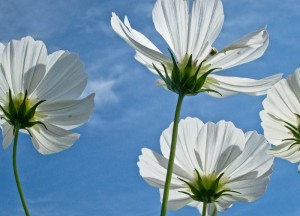 fault-finding of myself or others, I will encourage goodwill rather than foster ideals of perfection.
fault-finding of myself or others, I will encourage goodwill rather than foster ideals of perfection. As a human being we are endowed with a precious life. The human realm offers a mix of pleasant and painful experiences, there are opportunities for learning, doing good, or accumulating wealth. Many people strive to get as many pleasant experiences as possible, to accumulate material things, or to exercise power.
As a human being we are endowed with a precious life. The human realm offers a mix of pleasant and painful experiences, there are opportunities for learning, doing good, or accumulating wealth. Many people strive to get as many pleasant experiences as possible, to accumulate material things, or to exercise power. sharing our time with a sick friend, or setting up a school.
sharing our time with a sick friend, or setting up a school. Ariya Baumann
Ariya Baumann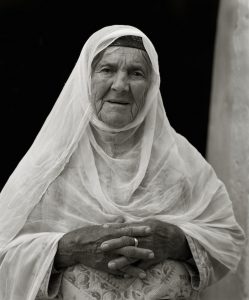 lease come to the gate immediately.
lease come to the gate immediately.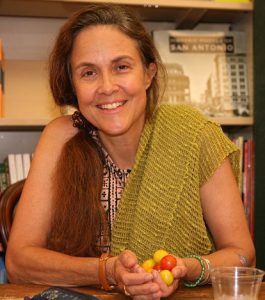
 tions.
tions.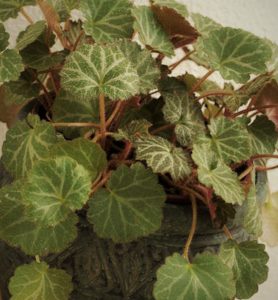 noticed my new best friend—by now we were holding hands—
noticed my new best friend—by now we were holding hands—
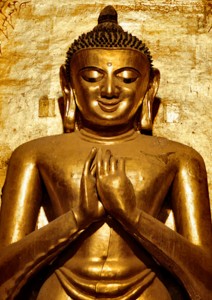 During the Buddha’s time, a group of monks happened upon one of their fellow monastics in the forest, the Venerable Bhaddiya (Ud 2.10). “Ah, what bliss, ah, what bliss…,” they heard him muttering to himself. The monks were worried that Bhaddiya felt disheartened with the spiritual life and was spending all of his time daydreaming about the opulent life he had before being ordained, so they told the Buddha their concerns. When the Buddha met with Bhaddiya, Bhaddiya responded with words to the effect of, “My brother monks completely misunderstood my exclamations. I wasn’t dreaming of the petty happiness of the royal life but, rather, savoring the supreme happiness that arises from the spiritual path!”
During the Buddha’s time, a group of monks happened upon one of their fellow monastics in the forest, the Venerable Bhaddiya (Ud 2.10). “Ah, what bliss, ah, what bliss…,” they heard him muttering to himself. The monks were worried that Bhaddiya felt disheartened with the spiritual life and was spending all of his time daydreaming about the opulent life he had before being ordained, so they told the Buddha their concerns. When the Buddha met with Bhaddiya, Bhaddiya responded with words to the effect of, “My brother monks completely misunderstood my exclamations. I wasn’t dreaming of the petty happiness of the royal life but, rather, savoring the supreme happiness that arises from the spiritual path!” ism?
ism?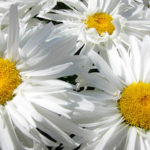 Yes, my mind still prefers pleasant experiences over unpleasant experiences but, like Bhaddiya, this path and practice have widened my heart to include a kind of bliss not confined to the narrow world of my preferences. It is now open to and part of this vast universe of the Dharma which includes everyone and everything, thus allowing me to savor the supreme happiness that arises from the spiritual path.
Yes, my mind still prefers pleasant experiences over unpleasant experiences but, like Bhaddiya, this path and practice have widened my heart to include a kind of bliss not confined to the narrow world of my preferences. It is now open to and part of this vast universe of the Dharma which includes everyone and everything, thus allowing me to savor the supreme happiness that arises from the spiritual path.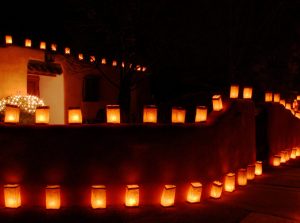 December 21, 2019 – Winter Solstice: Japanese Tea Ceremony
December 21, 2019 – Winter Solstice: Japanese Tea Ceremony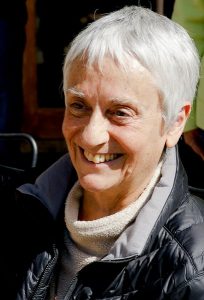

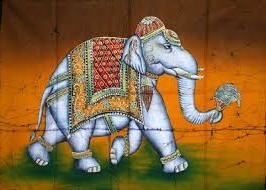 “The fool who knows he is a fool
“The fool who knows he is a fool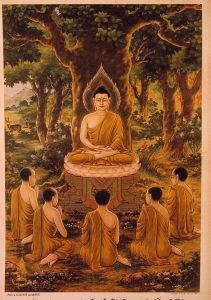
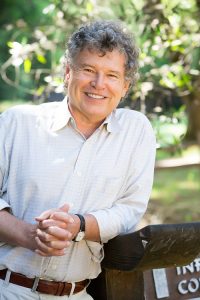 The Buddha taught that every human birth is precious & worthy of gratitude. In one of his well-known analogies, he said that receiving a human birth is more rare than the chance that a blind turtle floating in the ocean would stick its head through a small hoop. He would often instruct a monk to take his ground cloth into the forest, sit at the base of a tree, and begin “gladdening the heart” by reflecting on the series of fortunate circumstances that had given the monk the motivation & ability to seek freedom through understanding the dharma.
The Buddha taught that every human birth is precious & worthy of gratitude. In one of his well-known analogies, he said that receiving a human birth is more rare than the chance that a blind turtle floating in the ocean would stick its head through a small hoop. He would often instruct a monk to take his ground cloth into the forest, sit at the base of a tree, and begin “gladdening the heart” by reflecting on the series of fortunate circumstances that had given the monk the motivation & ability to seek freedom through understanding the dharma.

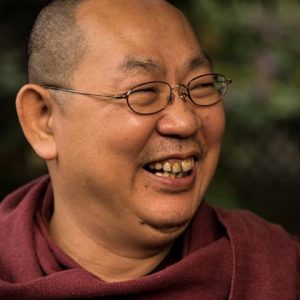 Depending on your quality of mind,
Depending on your quality of mind,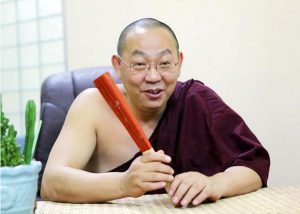 stronger & stronger.
stronger & stronger.